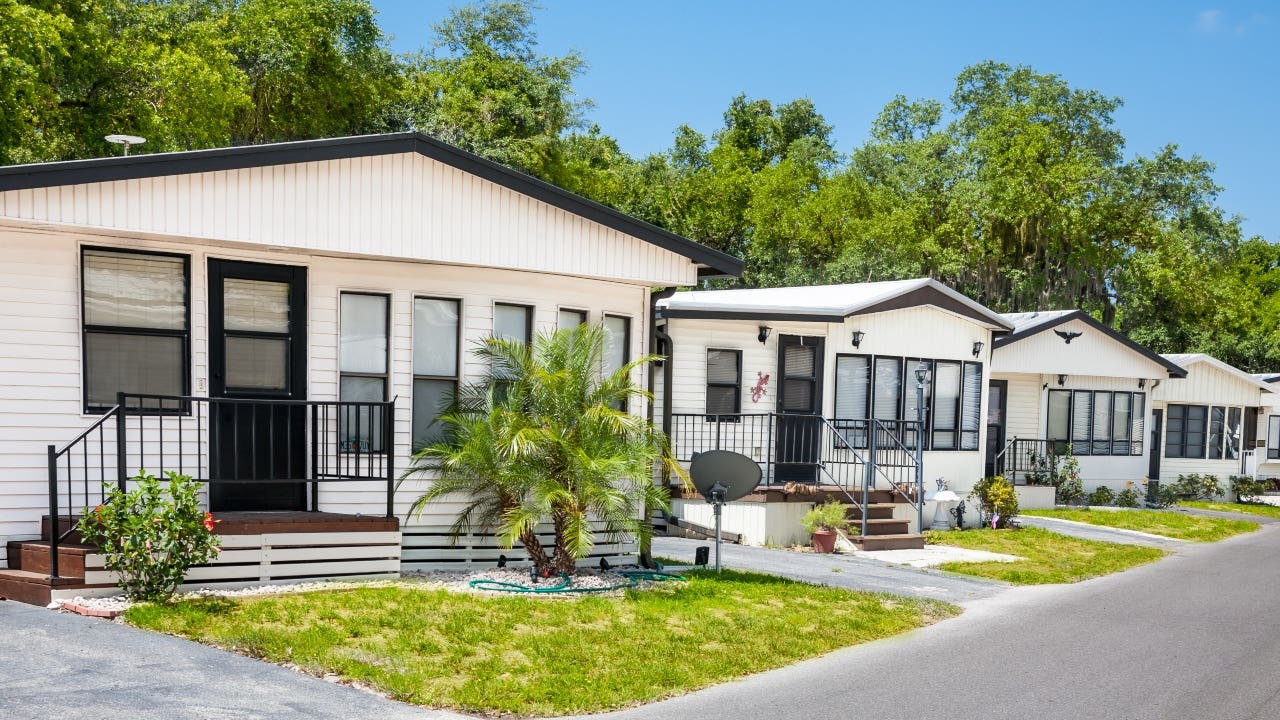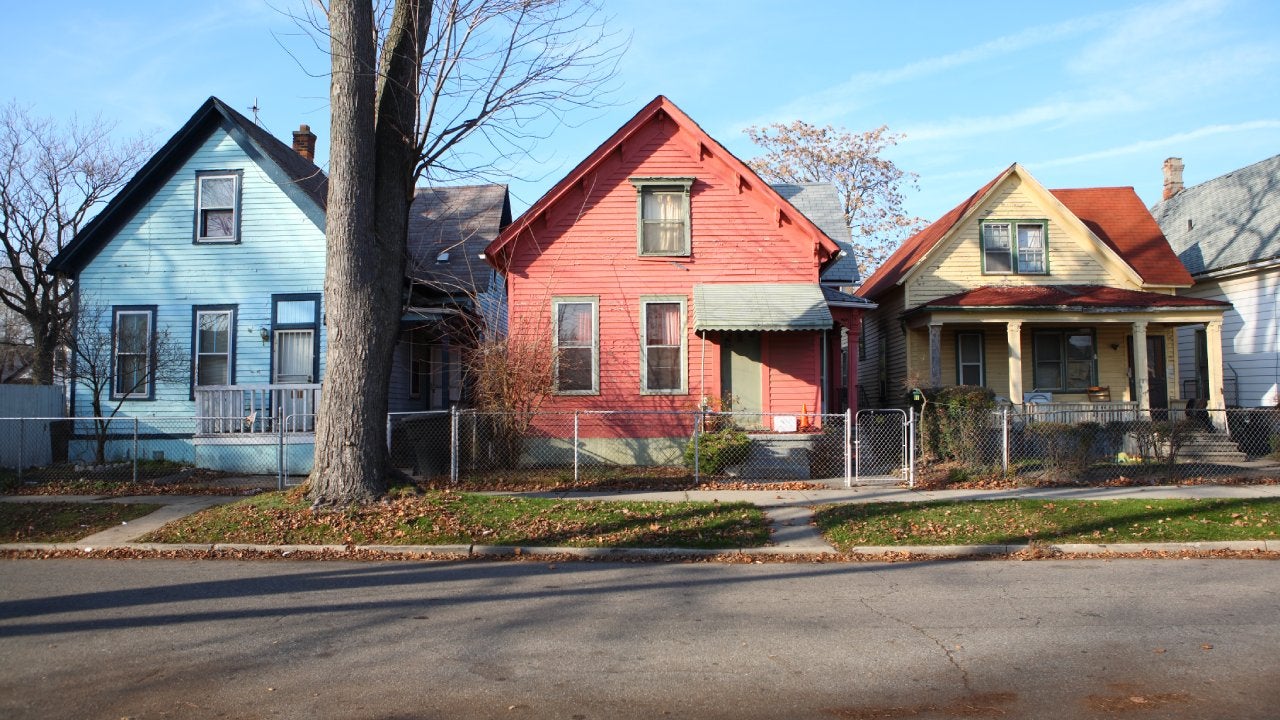What is a land lease, and how do they work?




Key takeaways
- In a land lease situation, the homeowner owns the home but not the land it sits on.
- Land leases are common for mobile homes and manufactured housing.
- They can be a cheaper route to homeownership, but there is always the potential for rent increases.
You might have experience with leasing a car, but did you know you can also lease land for a home? A land lease involves a combination of buying a home and renting the land it sits on. This kind of agreement can be a less expensive route to homeownership, but it also comes with drawbacks that warrant careful consideration. Here are the basics to know.
What is a land lease?
A land lease, also known as a ground lease, is an arrangement in which a landowner (the lessor, in legal terminology) rents out the land to a tenant (or the lessee). A land lease can be used to purchase a home plus land, or simply to purchase land that you plan to build a house on later.
A land lease is common for commercial real estate, but many residential property owners also pay to lease the land their homes sit on — many apartment buildings in New York City, for example, are built on land leases.
Types of land leases
There are two main types of land leases: subordinated and unsubordinated.
- With a subordinated land lease, the land is subordinated to the mortgage, so the lender has first claim to the property. In other words, the landowner is at risk if the tenant defaults on the loan for their property. If the bank has to foreclose on the property, for example, it could have the right to take the land, too. Some mortgage lenders might require subordination.
- An unsubordinated land lease, on the other hand, keeps the land and property separate, so in the event the tenant defaults, no one else can make a claim to the land.
How do they work?
If you’re considering a land lease, be prepared to act as both a homeowner and a renter. You’ll need to secure a mortgage for the physical property itself (unless you pay cash, of course), so there will be monthly mortgage payments to cover. In addition, though, you’ll have rent to pay on the land lease. Some other fees might come into play as well: For instance, some land-lease properties are part of homeowners associations, which means you’ll also be responsible for paying HOA dues.
How to find a land lease
Land leases are common mostly for manufactured housing and mobile homes. More than 4 million homes are located in manufactured-home land-lease communities across the U.S., according to 2024 data from ManufacturedHomes.com. From retirement communities in California to high-rise buildings in Manhattan, leased-land living arrangements exist across the country.
If you’re looking for a leased-land property, a knowledgeable local real estate agent is one of the best resources. Your agent should have a good idea of which properties in your area are attached to land leases.
You might also look into leasehold companies like Cedar, which offers deals in which you buy a home and they buy the land it sits on.
Land lease pros and cons
Pros
- Lower upfront price: If you’re trying to buy a home but discouraged by the price tag, buying a property on leased land could be more affordable and require a lower upfront outlay.
- Lower property taxes: When you’re only taxed on the property, and not the land, your property tax bill will likely be lower.
Cons
- Potential for lease increases: The most notable downside to a land lease is the potential for rising costs — an issue that can create major trouble for mobile homeowners. In recent years, private equity firms have acquired mobile-home parks and immediately increased monthly fees. For this reason, it’s wise for tenants to negotiate a multi-year lease if possible.
- Less flexibility to move: If you’re a traditional renter and your landlord fails to maintain the property, you can simply opt not to renew your lease and move. Land-lease agreements can be more challenging. If you live in a mobile home, for example, moving the home to a new plot of land can cost as much as $20,000, according to HomeAdvisor.
- Possible mortgage issues: If you’re applying for a 30-year mortgage, say, and you’re planning to live on leased land, your lender might need extra assurance that you’re going to be able to stay there for at least 30 years.
Should you buy a home on leased land?
A lower purchase price might be enticing, but the potential for unexpected increases in the cost of the land can quickly erase any financial gain. If you’re thinking about buying a home on leased land, consider:
- How long the lease lasts
- What the monthly fees are, if any, on top of the lease expense
- The fine print (e.g., Are there limitations on the amount that the lease can increase in a given term? What happens if the land is sold to another party?)
“There are pros and cons to leased-land living,” says Zach Wahls, an Iowa state senator and vice president of community investment and development at GreenState Credit Union. “However, I think it’s the rare exception when the pros outweigh the cons. Most people will be better off in a more traditional living arrangement, whether they rent a home or own it.”




